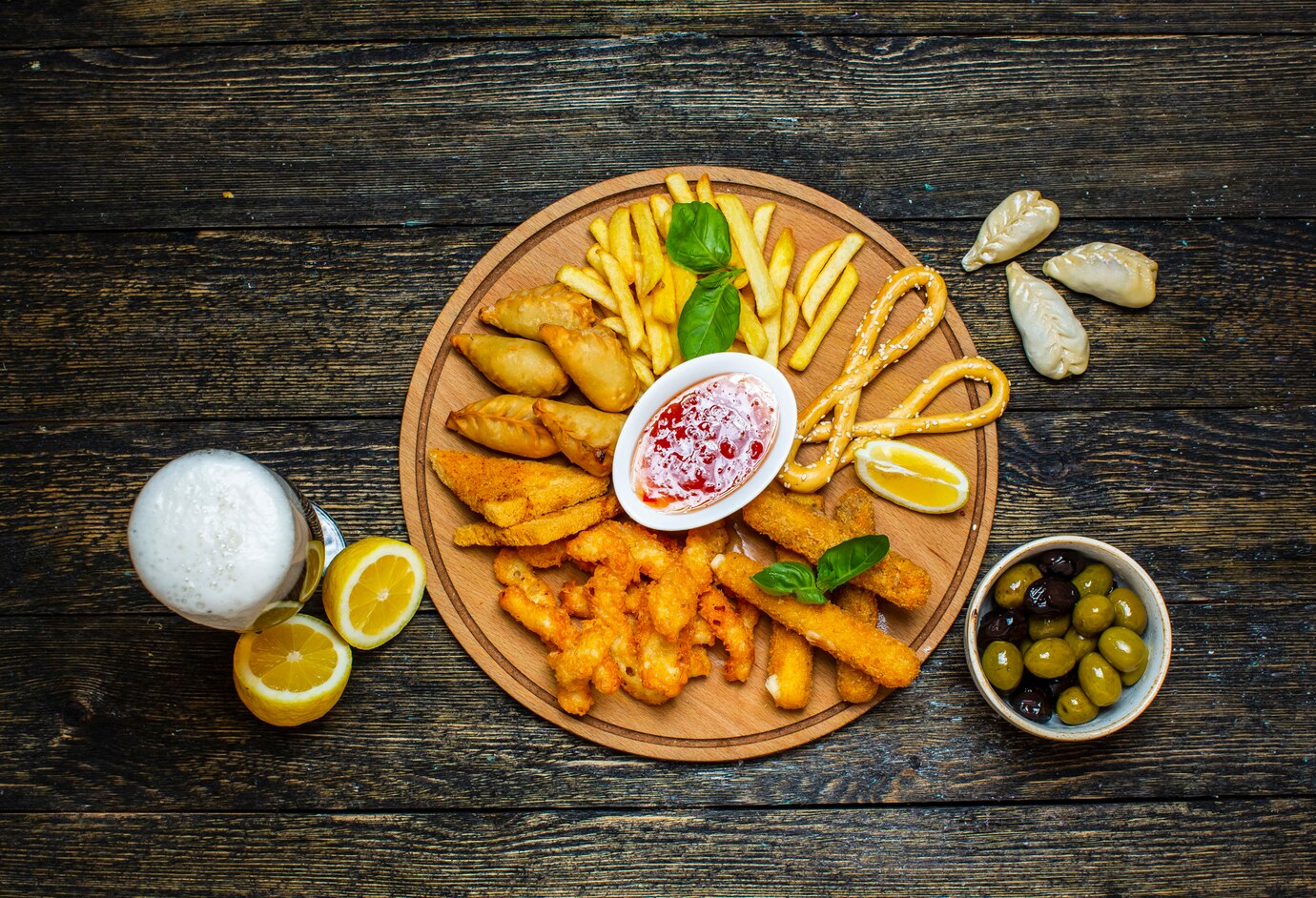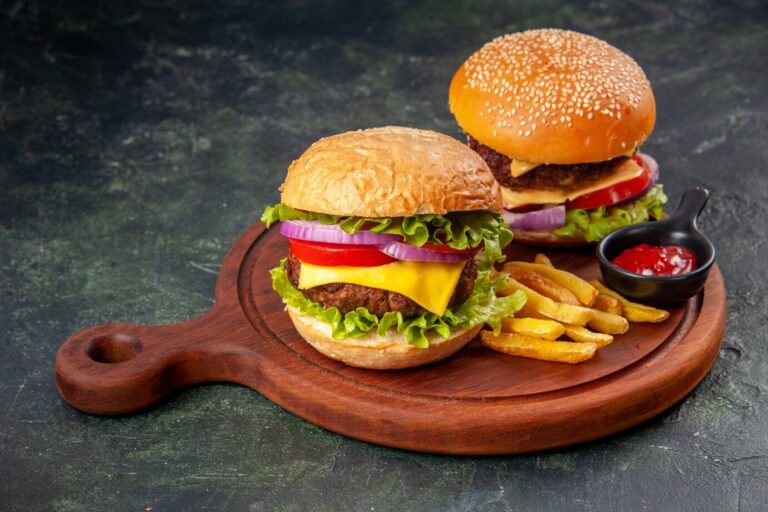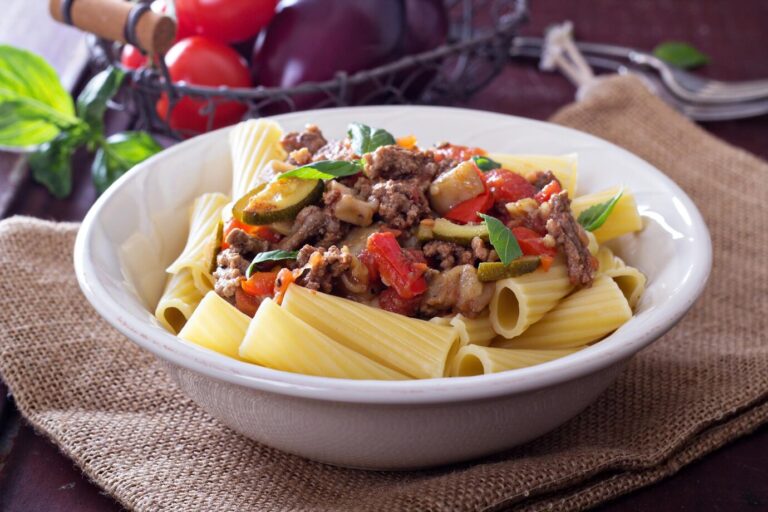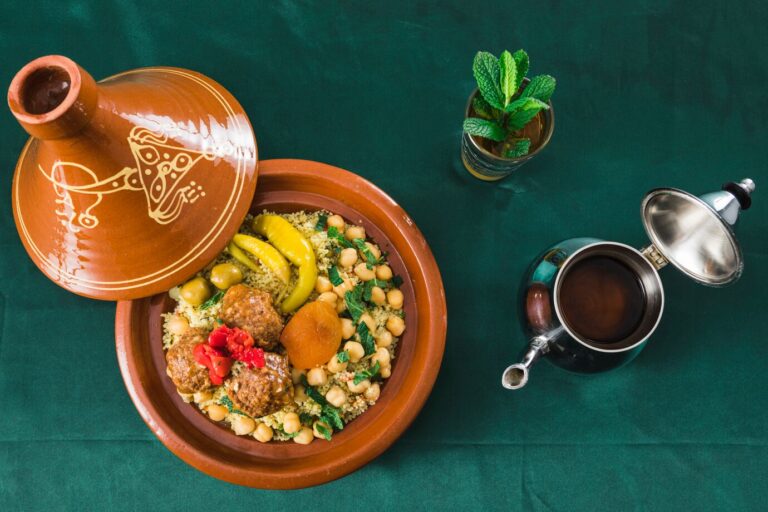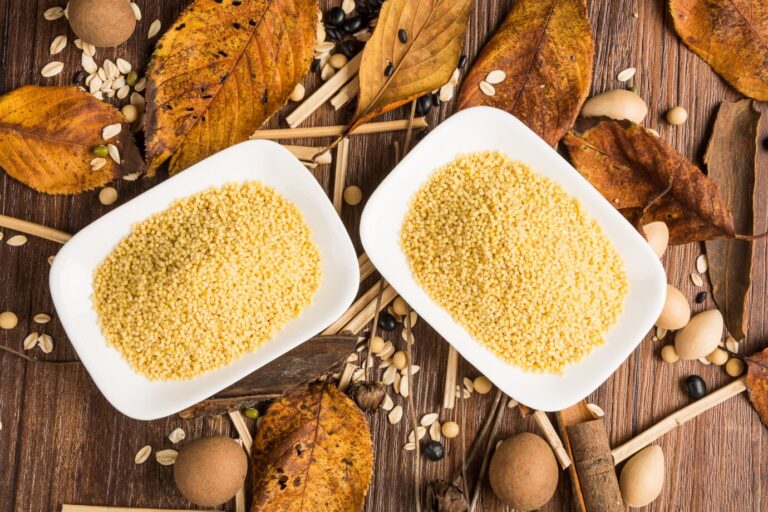How to Perfect Fish and Chips and Vinegar in 5 Easy Steps
What Makes the Perfect Fish and Chips and Vinegar?
Have you ever wondered why fish and chips and vinegar is such a beloved classic? Is it the crispy crunch of the batter, the tender flakiness of the fish, or the tangy kick of vinegar that ties it all together? Whether you’re a fan of this iconic dish or just curious about mastering it at home, this guide will walk you through everything you need to know. Get ready to create restaurant-quality fish and chips and vinegar right in your kitchen!
Why This Recipe Stands Out
Fish and chips and vinegar is more than just a meal—it’s an experience. The combination of golden-brown fried fish, perfectly crispy chips, and a splash of sharp vinegar creates a flavor explosion that’s hard to beat. Best of all, this recipe is beginner-friendly and takes about 45 minutes from start to finish. With just a few simple steps, you can whip up a dish that’s satisfying, comforting, and downright delicious.
The Building Blocks of Greatness
To make perfect fish and chips and vinegar, you’ll need the following key ingredients:
- Fresh Fish : Cod or haddock are traditional choices because their mild flavor pairs beautifully with vinegar. If you’re feeling adventurous, try pollock or tilapia.
- Substitution Tip : For a vegetarian twist, use tofu or cauliflower steaks.
- Potatoes : Use starchy potatoes like Russets for fluffy chips or Yukon Golds for a creamier texture.
- Substitution Tip : Sweet potatoes add a sweet-and-savory twist.
- Flour and Baking Powder : These form the base of the light, crispy batter.
- Alternative Option : Gluten-free flour works well if you have dietary restrictions.
- Beer or Sparkling Water : Adding liquid to the batter helps achieve that airy crispiness.
- Non-Alcoholic Option : Use sparkling water instead of beer.
- Vinegar : Malt vinegar is the go-to choice for its robust flavor, but apple cider or white wine vinegar also work.
- Healthier Swap : Try balsamic glaze for a sweeter touch.
- Oil for Frying : Vegetable or canola oil is ideal for frying due to its high smoke point.
- Seasonings : Salt, pepper, garlic powder, and paprika enhance the flavors without overpowering them.
Each ingredient plays a vital role in creating the perfect balance of textures and flavors. Don’t be afraid to experiment with substitutions based on your preferences or pantry staples!
Step-by-Step Instructions: Mastering the Art
Step 1: Prep Your Ingredients
Start by cutting the potatoes into thick slices—about ½ inch wide—for classic chip size. Soak them in cold water for 30 minutes to remove excess starch, which ensures they stay crispy after frying.
While the potatoes soak, prepare the fish. Pat it dry with paper towels to ensure the batter sticks properly. Season lightly with salt and pepper.
Step 2: Make the Batter
In a mixing bowl, combine flour, baking powder, and seasonings. Gradually whisk in beer or sparkling water until the mixture resembles pancake batter. It should be thick enough to coat the fish but not too heavy.
Step 3: Fry the Chips
Heat oil in a deep fryer or large pot to 325°F (165°C). Drain and pat the potatoes dry, then fry them in batches for 5–7 minutes until soft but not browned. Remove and let them rest on a wire rack.
Increase the oil temperature to 375°F (190°C) and fry the chips again for 2–3 minutes until golden and crispy. Sprinkle with salt immediately after removing them from the oil.
Step 4: Cook the Fish
Dip each piece of fish into the batter, allowing any excess to drip off. Carefully lower it into the hot oil and fry for 6–8 minutes per side until golden brown and cooked through. Place the fried fish on a paper towel-lined plate to absorb excess oil.
Step 5: Add the Vinegar
Drizzle malt vinegar over the hot chips while they’re still warm. This allows the vinegar to infuse into the chips for maximum flavor impact. Serve alongside the crispy fish.
Assembly: Bringing It All Together
Presentation matters! Arrange the fish and chips on a platter or individual plates. Sprinkle a little extra salt over the chips for added crunch, and serve with a small bowl of vinegar on the side for dipping. Garnish with lemon wedges and fresh parsley for a pop of color.
Pro Tip : For an authentic pub-style experience, wrap the fish and chips in parchment paper and enjoy them picnic-style!
Storage and Preparation Tips: Keep It Fresh
If you have leftovers (which is rare!), store the fish and chips separately in airtight containers in the refrigerator for up to two days. Reheat them in the oven at 350°F (175°C) for 10–15 minutes to retain crispiness. Avoid microwaving, as it makes the batter soggy.
For prep-ahead convenience, slice the potatoes and mix the batter ahead of time. Store them in the fridge until you’re ready to cook.
Recipe Variations: Get Creative!
Here are some fun ways to put a spin on your fish and chips and vinegar:
- Spice It Up : Add chili flakes or hot sauce to the batter for a fiery kick.
- Herbaceous Twist : Mix chopped herbs like dill or parsley into the batter for extra freshness.
- Global Flavors : Swap malt vinegar for soy sauce and wasabi for an Asian-inspired take.
- Lighter Option : Bake the fish and chips instead of frying for a healthier version.
Conclusion: Dive In and Enjoy!
There you have it—a foolproof guide to making perfect fish and chips and vinegar in just five easy steps. From the crispy exterior of the fish to the satisfying crunch of the chips and the zesty punch of vinegar, every bite is pure bliss. Now it’s your turn to roll up your sleeves, gather your ingredients, and bring this timeless dish to life. Trust us—you won’t regret it!
Frequently Asked Questions
Q: Can I bake fish and chips instead of frying? Absolutely! Baking is a healthier alternative. Coat the fish and chips in olive oil before baking at 425°F (220°C) for 20–25 minutes, flipping halfway through.
Q: Is malt vinegar healthier than other types? Malt vinegar contains antioxidants and has fewer calories than many condiments, making it a relatively healthy choice. However, moderation is key.
Q: How do I prevent my batter from falling off? Make sure the fish is completely dry before dipping it in the batter. Also, ensure the oil is hot enough before frying.
Q: Can I freeze homemade fish and chips? Yes! Freeze unbaked fish and raw chips separately on a baking sheet, then transfer them to freezer bags. When ready to eat, bake directly from frozen.
Q: Are there health benefits to eating fish and chips? Fish is rich in omega-3 fatty acids, which support heart health. Pairing it with nutrient-packed sides like baked sweet potato fries boosts its nutritional value even further.

